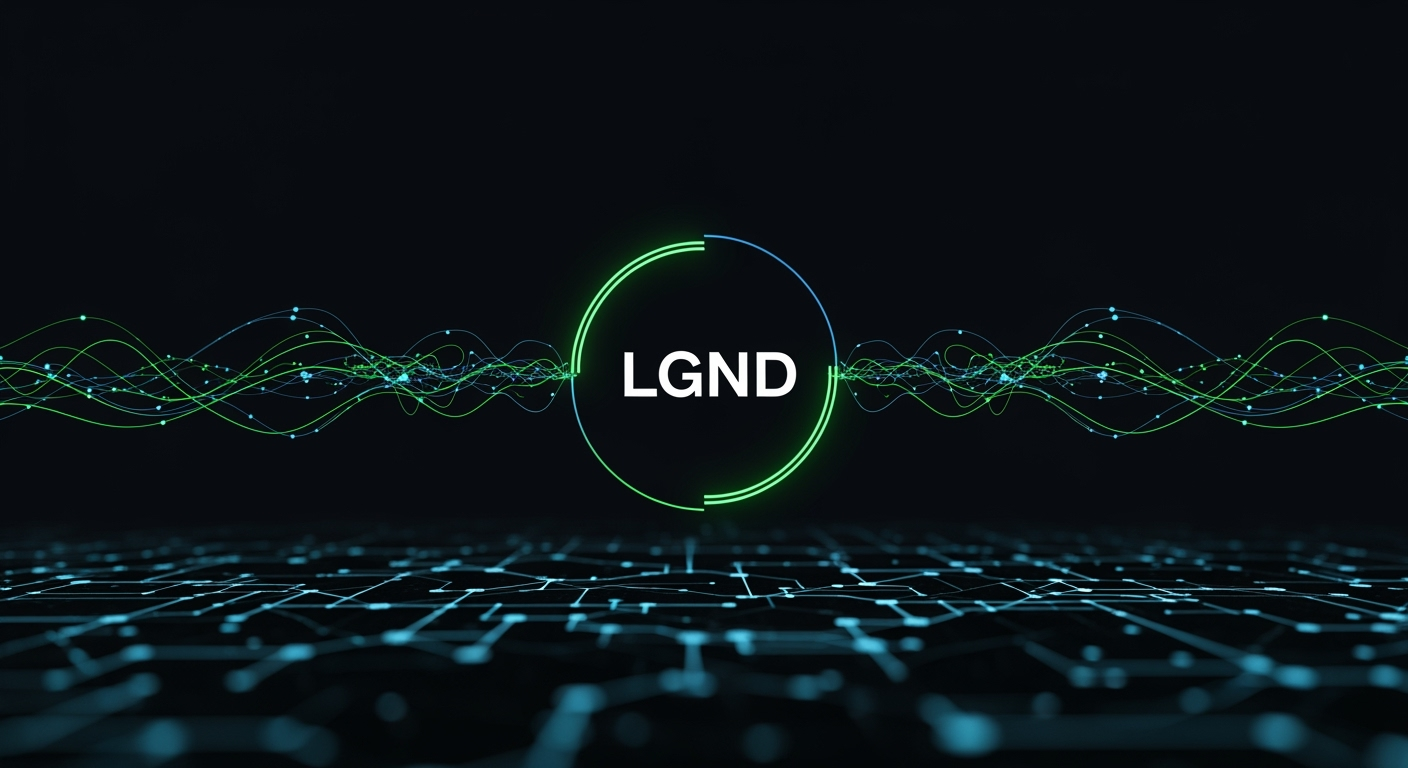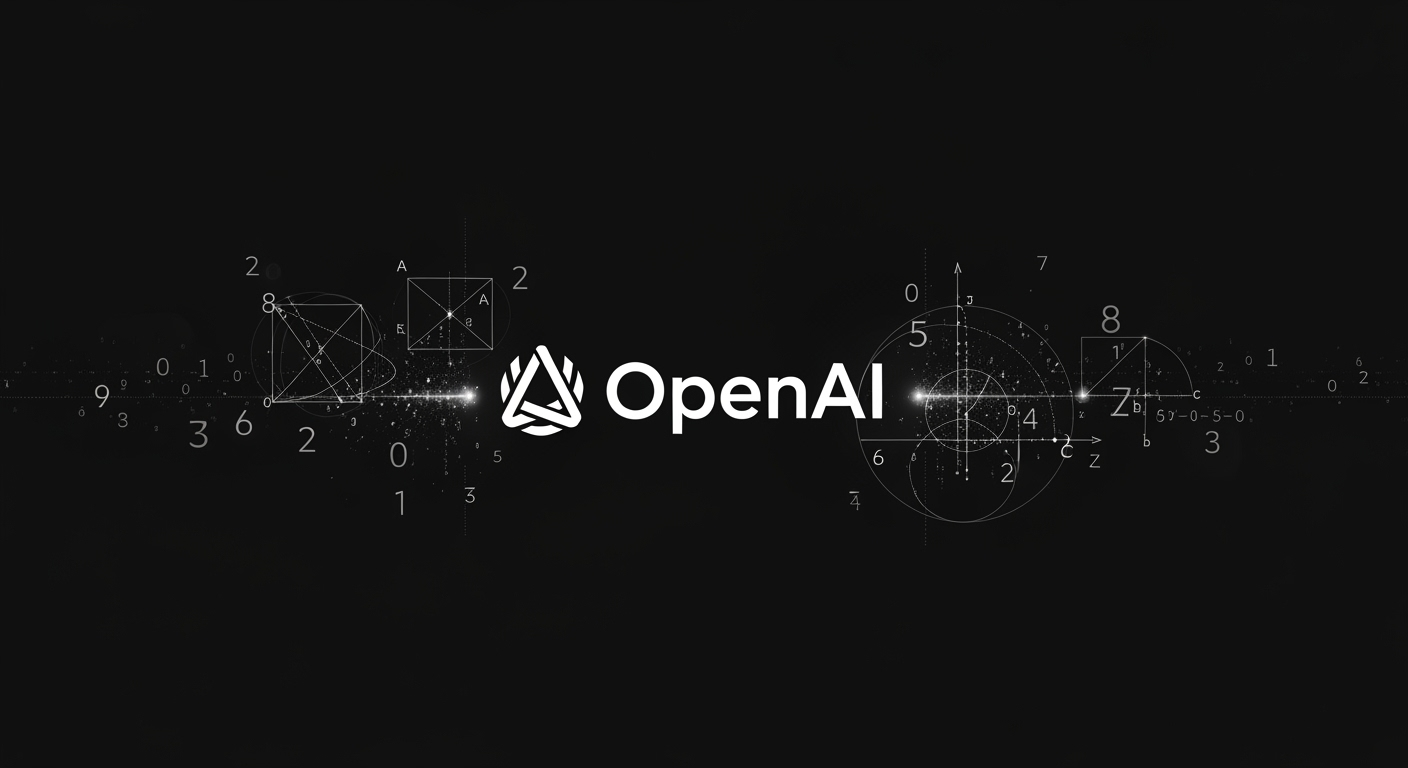LGND Aims to Revolutionize Geospatial AI for Earth Data Insights

LGND’s Vision: ChatGPT for the Planet
The Earth generates a massive amount of data every day, especially from satellites, which capture nearly 100 terabytes of imagery daily. However, translating all this geospatial data into actionable insights remains a major challenge for businesses, environmental agencies, and policymakers.
Why Earth Data Is Hard to Use
Although satellite imagery and geographic data are rich with information, answering even straightforward questions—like how many fire breaks exist in California and how they have changed since last wildfire season—can be surprisingly complex. Traditional approaches involve manual analysis of images, a process that scales poorly and is costly to automate using classic machine learning methods. Building a single-purpose model can cost hundreds of thousands of dollars and is often limited to answering only one specific question.
LGND’s Solution: Universal Geographic Embeddings
LGND, a startup based in San Francisco, is on a mission to change how we interact with geospatial data. Co-founders Nathaniel Manning and Bruno Sánchez-Andrade Nuño believe their approach can dramatically increase efficiency for analysts and data scientists. Their core innovation is the development of vector embeddings for geographic data—summaries that make it easier to find relationships between different points on Earth, similar to how large language models understand text.
Unlike traditional geospatial data formats (pixels or vectors), embeddings distill information into a format that is faster to compute and easier to interpret. For example, identifying fire breaks—roads, rivers, or clearings that act as barriers to wildfires—becomes much simpler, regardless of how they appear on a map. These embeddings allow users to search for spatial features based on shared characteristics, such as the absence of vegetation or minimum width requirements.
Business Applications and Market Impact
LGND has developed an enterprise application and an API to help large organizations answer complex spatial queries. This technology could transform how companies approach problems like infrastructure planning, risk assessment, and environmental monitoring. Manning envisions a future where users can ask natural-language questions about locations—such as finding a beachfront property with no nearby construction or minimal seaweed during a specific month—and receive immediate, data-driven answers.
The global geospatial solutions market is valued at nearly $400 billion, and LGND’s goal is to become an essential provider of geospatial insights, akin to how foundational companies shaped other industries in the past.
Funding and the Road Ahead
LGND recently secured a $9 million seed round led by Javelin Venture Partners, with participation from AENU, Clocktower Ventures, Coalition Operators, MCJ, Overture, Ridgeline, Space Capital, and several notable angel investors. This funding will help LGND scale its technology and reach more organizations that depend on spatial data for critical decision-making.
Conclusion
By making geospatial data as accessible and actionable as text with AI, LGND could unlock new possibilities for climate resilience, urban planning, and business intelligence. Their work stands to make Earth’s data truly useful for everyone who needs it.





